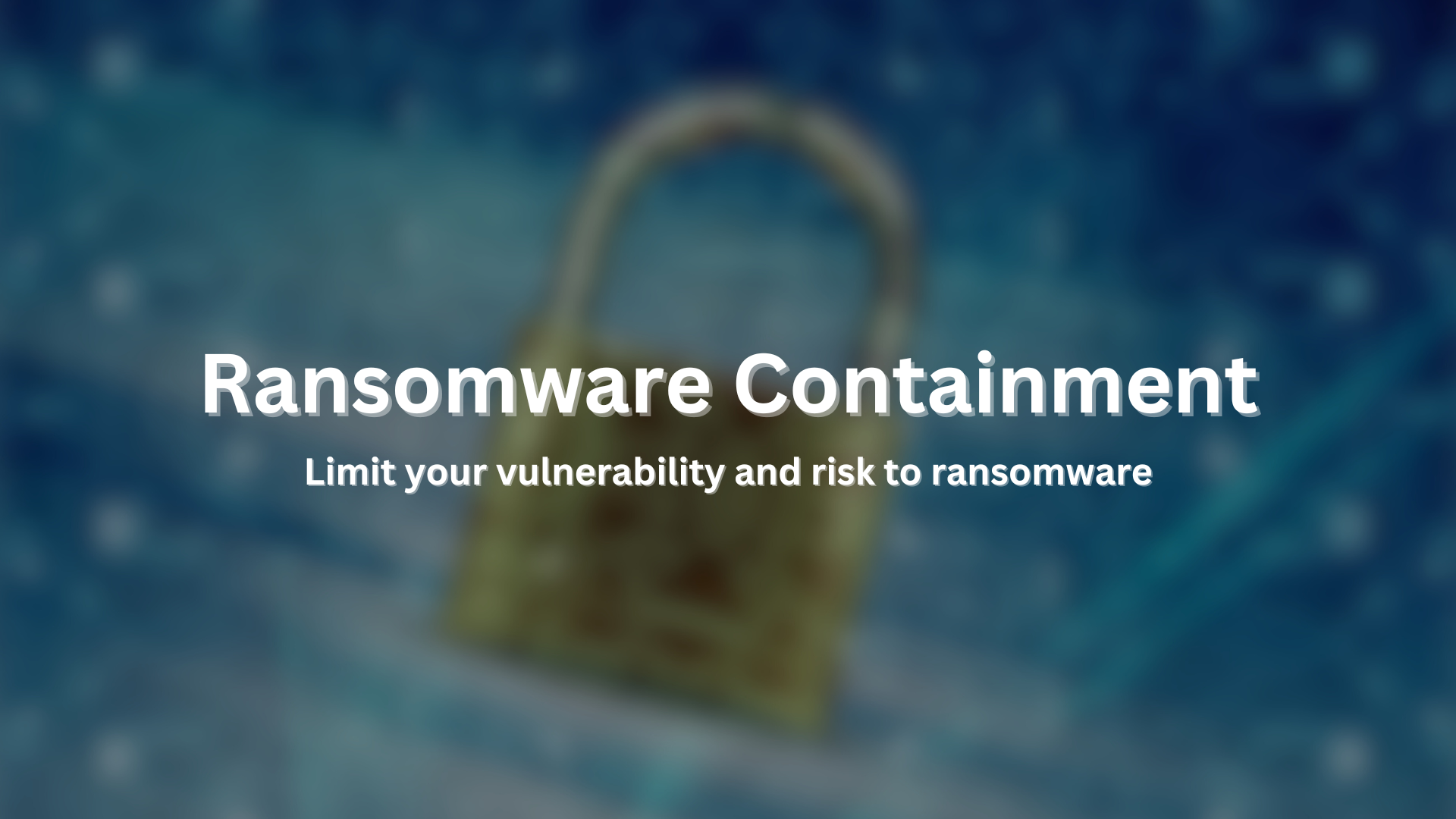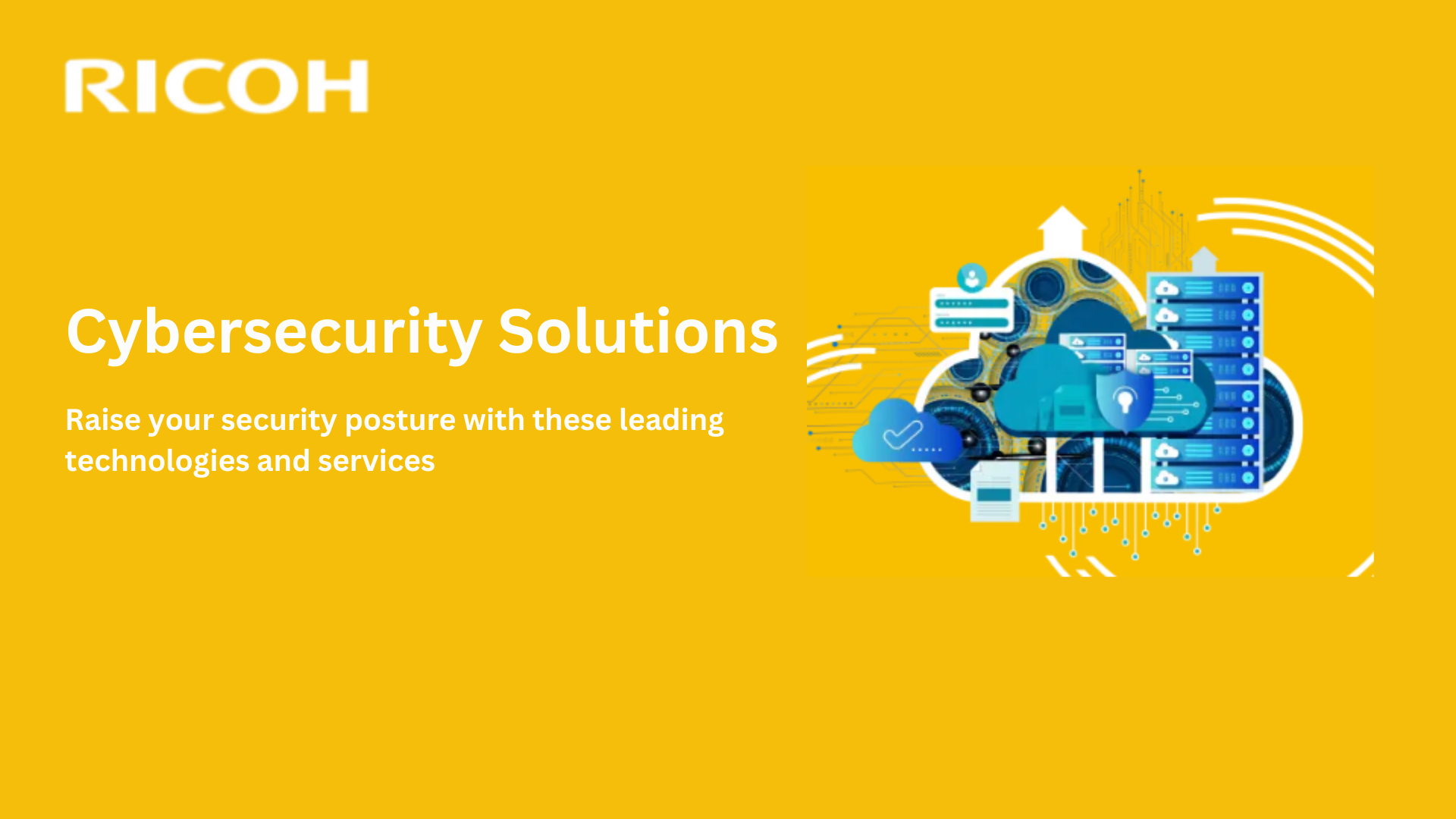 DA 50+ Guest Posts – Get Featured on Real Authority Blogs!
DA 50+ Guest Posts – Get Featured on Real Authority Blogs!
Business Continuity and Disaster Recovery: Why Every Business Needs It
Written by Ricoh Canada, Inc. » Updated on: June 17th, 2025

Introduction
In today’s fast-paced digital world, unexpected disruptions can cripple a business within minutes. From cyberattacks and hardware failures to natural disasters, businesses face constant threats that can lead to downtime, data loss, and financial setbacks. Business continuity and disaster recovery (BC/DR) strategies are essential to safeguard operations and ensure businesses can quickly recover from unforeseen events.
The Importance of BC/DR
A strong BC/DR plan helps businesses stay operational even during disruptions. Business continuity focuses on maintaining essential processes without interruption, while disaster recovery ensures IT systems and data can be restored quickly after an incident. Without these strategies, businesses risk prolonged downtime, loss of revenue, and damage to their reputation.
BC/DR solutions are crucial for organizations of all sizes, as they provide:
- Data Protection: Regular backups prevent data loss due to system failures, cyber threats, or human error.
- Operational Resilience: Ensures minimal downtime, keeping employees productive and customers engaged.
- Regulatory Compliance: Many industries require businesses to maintain robust recovery plans to meet security and compliance standards.
Key BC/DR Solutions
To build an effective BC/DR strategy, businesses should implement key solutions such as:
Workstation and Server Backups
Data backups are essential to recovering lost information. Workstation backups protect individual devices, while server backups ensure critical business data is retrievable even if entire systems fail. With automated backup solutions, businesses can restore data quickly without significant downtime.
Cloud-Based Recovery
Cloud disaster recovery solutions offer secure and scalable backup options. Unlike traditional methods that rely on on-site hardware, cloud-based recovery allows businesses to access their backups from anywhere, ensuring data remains protected even during physical disasters. Cloud storage provides automatic updates, encryption, and real-time replication to enhance security.
24/7 Network Support and Monitoring
Continuous monitoring of IT infrastructure helps detect and resolve issues before they escalate into major disruptions. Managed IT services provide 24/7 network support, ensuring businesses have expert assistance whenever problems arise. Proactive monitoring prevents cyber threats, identifies vulnerabilities, and maintains system health.
Disaster Recovery Planning
A well-documented disaster recovery plan outlines step-by-step procedures for restoring operations. It includes identifying potential risks, setting up recovery time objectives (RTO) and recovery point objectives (RPO), and conducting regular testing to ensure the plan is effective. Businesses should also train employees on recovery protocols to ensure a smooth transition during a crisis.
The Future of BC/DR
As technology evolves, BC/DR solutions continue to improve. The adoption of artificial intelligence (AI) and machine learning enhances predictive analytics, helping businesses anticipate risks and mitigate potential threats. Automated failover systems, which instantly switch to backup environments during failures, further enhance resilience.
Cybersecurity threats are also growing, making it imperative for businesses to integrate BC/DR with their security strategies. Ransomware attacks, data breaches, and phishing scams are on the rise, and a solid recovery plan ensures businesses can recover quickly with minimal impact.
Conclusion
Investing in business continuity and disaster recovery is not just an option—it is a necessity. Organizations that proactively implement BC/DR solutions can protect their data, maintain customer trust, and ensure long-term success. Whether through cloud-based backups, real-time monitoring, or disaster recovery planning, businesses that prioritize resilience are better prepared to handle unexpected disruptions and continue operating without significant losses.
Note: IndiBlogHub features both user-submitted and editorial content. We do not verify third-party contributions. Read our Disclaimer and Privacy Policyfor details.
Copyright © 2019-2025 IndiBlogHub.com. All rights reserved. Hosted on DigitalOcean for fast, reliable performance.













